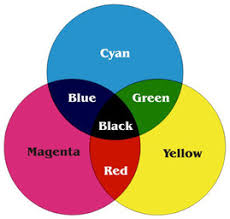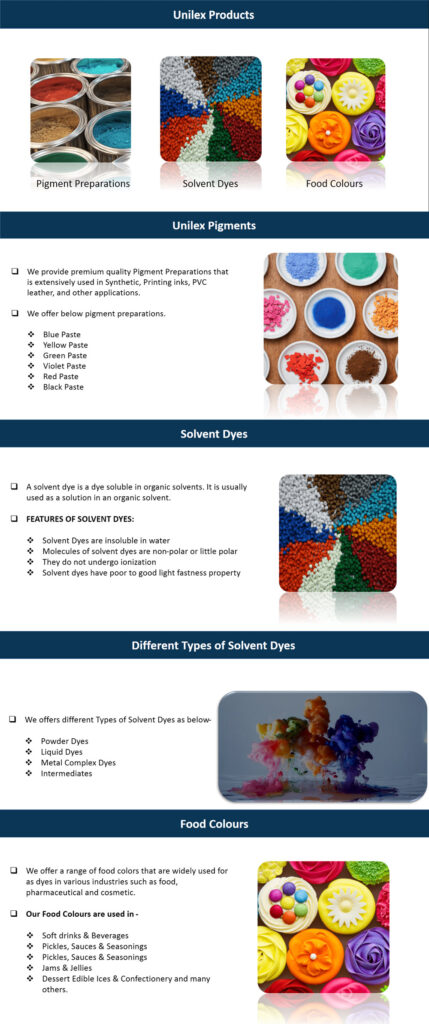The market for Organic Pigments is expected to grow by more than 50% in the coming years, thanks to a variety of factors. Increasing demand for reliable commercial items has led to the creation of new applications and materials for these products. A wide variety of synthetic and natural products are available in the market for pigments. The following are the main types of Organic Pigments: phthalocyanines, quinacridone reds, and quinacridone blues.
There are two primary types of organic pigments: those derived from natural raw materials and synthetic ones produced through modern carbon chemistry. The transition from natural to synthetic pigments is fluid. Throughout history, inquiring minds have attempted to decipher the secrets of nature and develop similar substances. These are the two primary types of organic pigments. Each has its own advantages and disadvantages. To learn more about the different types of Organic Pigments, you can use the following guide.
Lightfastness – Both synthetic and natural pigments have similar properties. Both have the ability to resist colour change in the dark. But, unlike synthetic pigments, organic Pigments are not as stable as their inorganic counterparts. They tend to fade with heat and light, so they are not as useful in the automotive industry. But they are still widely used in cosmetics, and their transparency makes them ideal for a variety of purposes.
The properties of Organic Pigments: Most organic pigments are derived from carbon compounds and do not impart opaque color. Instead, they impart transparent colors. Because of their string carbon chain structure, these pigments have a high stability. The main uses of organic pigments are paints and printing inks. However, some organic pigments are also useful as stabilizers in certain applications. This is due to their limited solubility in water and other media.

Organic Pigments are far more expensive than inorganic pigments. But the market for these products is still very small compared to the inorganic one, but the market for organic pigments is expanding rapidly. They are only found in a few applications, including paints and coatings, but they are more expensive than inorganic pigments. A recent COVID-19 outbreak has led to a decrease in the production of organic pigments.
The market for Organic Pigments is expected to grow significantly in the next few years. The region currently leads the world organic pigment market, with a 50% share. The region will experience the fastest growth, due to growing demand for paints in the automotive sector. A growing population of people in the Asia Pacific is boosting the demand for pigments in this region. Likewise, increasing automotive production has created more opportunities for using Organic Pigments in the near future.
Inorganic Pigments are typically dry ground minerals and contain metals. Inorganic Pigments are opaque and tend to be opaque, whereas organic pigments are often transparent. Inorganic pigments are widely used in packaging, including titanium dioxide. Inorganic pigments have high lightfastness, which is beneficial in many applications. They are also more expensive than organic pigments, but they are worth the price. Inorganic Pigments can be used for a variety of products, including paints and coatings.
Organic Pigments are used extensively in the paints & coatings industry. Paints are essential for the protection and beautification of surfaces. They are available in a variety of colors, and the names of the individual pigments reflect their chemical and physical properties. Moreover, these products are non-toxic to human health and the environment. They are widely available in the market. They are an important component in the manufacturing of a range of products for the construction and decorative industries.
The market for Organic Pigments is expected to grow at a faster rate in the coming years, due to increasing demand for plastics. The market for Organic Pigments in Saudi Arabia is expected to grow at a faster rate than those in the developed markets. They are available in a wide range of colors, including pinks, greens, and blues. The market for Organic Pigments is expected to reach more than USD 200 million by 2025.
Inorganic pigments have a range of uses in the art and design industries. They can be found in nature, and are used in a variety of products, including paints and inks. They can be made of carbon and are very bright. They are useful in making a range of applications, such as for constructing organic photovoltaic cells and chemical sensors. This category of Colours is categorized into three types: Inorganic and Organic Pigments.


